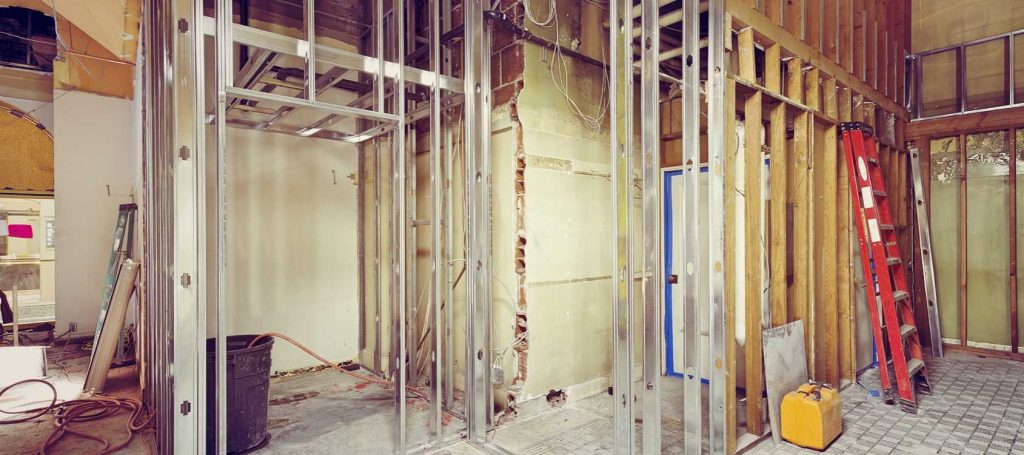Incorporate The Drain Strainer Into Restaurant Remodel Grease Trap Sizing
Foodservice operators considering entering a space previously occupied by another restaurant should take a close look at existing infrastructure items such as hoods, grease traps and walk-ins. Building a restaurant isn’t cheap, so it’s natural for operators to look for bargains.
Real estate that was previously occupied by another restaurant concept may look like just such a deal. After all, these spaces can come with a hood, utility hookups, a grease trap and even a walk-in already installed. That’s can easily total six figures worth of infrastructure. Why not take advantage of it?
Indeed, there are deals to be had, but operators have to perform their due diligence to make sure they actually get a deal and not more, and more expensive, problems. Just because it’s was a restaurant before doesn’t mean it’s the type of restaurant that can facilitate the kind of stuff you want to put in there.
For example, some commercial kitchen owners may think that a hood is a hood: 12 feet of hood space should be able handle any 12 feet worth of equipment, they believe. That’s simply wrong. Each hood system is designed and built for the specific equipment package that will go beneath it.
Design factors include BTU outputs, fuels, the type of fire suppression system required and even the number of elbows in the duct work. If an operator signs a lease for a space with an unsuitable hood, it can actually be more expensive to have the old hood replaced or modified than installing a new one in a building without such infrastructure.
The same applies to a restaurant’s grease trap. These are specified at specific sizes based on what’s on the menu. If a space goes from a soup and salad concept to burger joint, then all that stuff is going to get washed down through the dishwasher and it’s going to clog up your drainage system. Resolving this problem means paying big to have the grease trap emptied frequently or hiring a contractor to rip out the old one and install a new one.
Another option to consider for grease trap sizing when remodeling existing restaurant space is to install The Drain Strainer to cut down on food solids clogging up your grease trap.
Restaurant owners and operators also have to take a restaurant’s utilities into account. The most basic issue is gas vs. electric. But even if there’s a utility match with a specific piece of real estate, there are further questions to ask. The size of the gas line coming into the building needs to match up accordingly with the operator’s equipment package.
If the gas line’s too small, the hot line won’t function properly and may not work at all with too many pieces running at the same time. Similarly, if the operator plans to run an electric kitchen, the space’s electrical panel must be able to handle an oven, fryers and more all working at once.
Finally, there are the walk-ins. Consider a few basic factors when looking at a walk-in built for another commercial kitchen use. One is size: Too small and the commercial kitchen owner will have to invest in additional refrigeration. Too large and the operator will pay extra to cool empty space.
Commercial kitchen owners should also look for signs of wear and tear. Are the seams between panels even? Is there excessive condensation or rust on the interior? These can be signs of a unit that’s closer to the end of its lifecycle than the beginning.
Finally, there’s the cooler vs. freezer question. Does the unit have the exact type of storage the operator needs? If not, they may have to pay for a conversion, or tear the whole thing down and start over. A refrigeration package is very specific. If it’s not designed for what you need to do, you’ll have to replace it.
With so many different factors to consider, it may seem like moving into a space with foodservice infrastructure in place is more trouble than it’s worth. That’s not entirely true, though.
A commercial kitchen operator’s best bet is to find a space that was previously occupied by a similar concept. In that situation, the infrastructure has a good chance of matching. Breakfast place to steakhouse probably won’t work. Breakfast place to breakfast place, though, can succeed and save the operator huge amounts of money.
To prevent your grease trap from getting clogged with food solids leading to the grease trap in your remodeled restaurant space not being large enough, consider installing The Drain Strainer so you won’t have grease interceptor issues.

